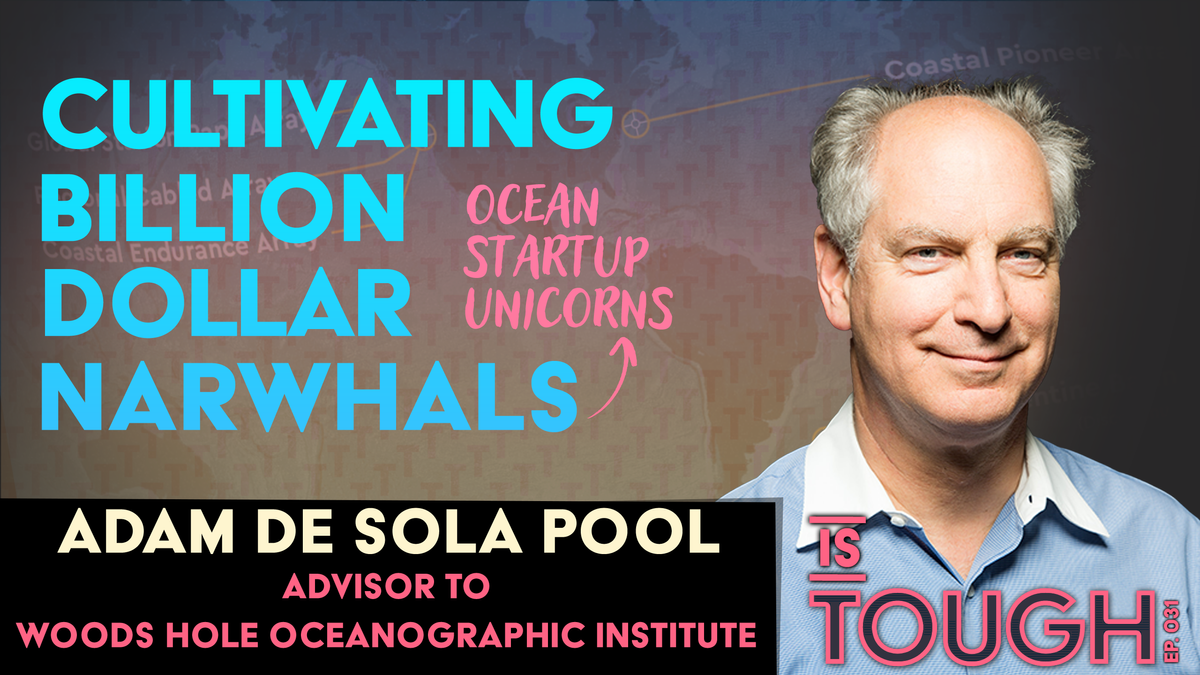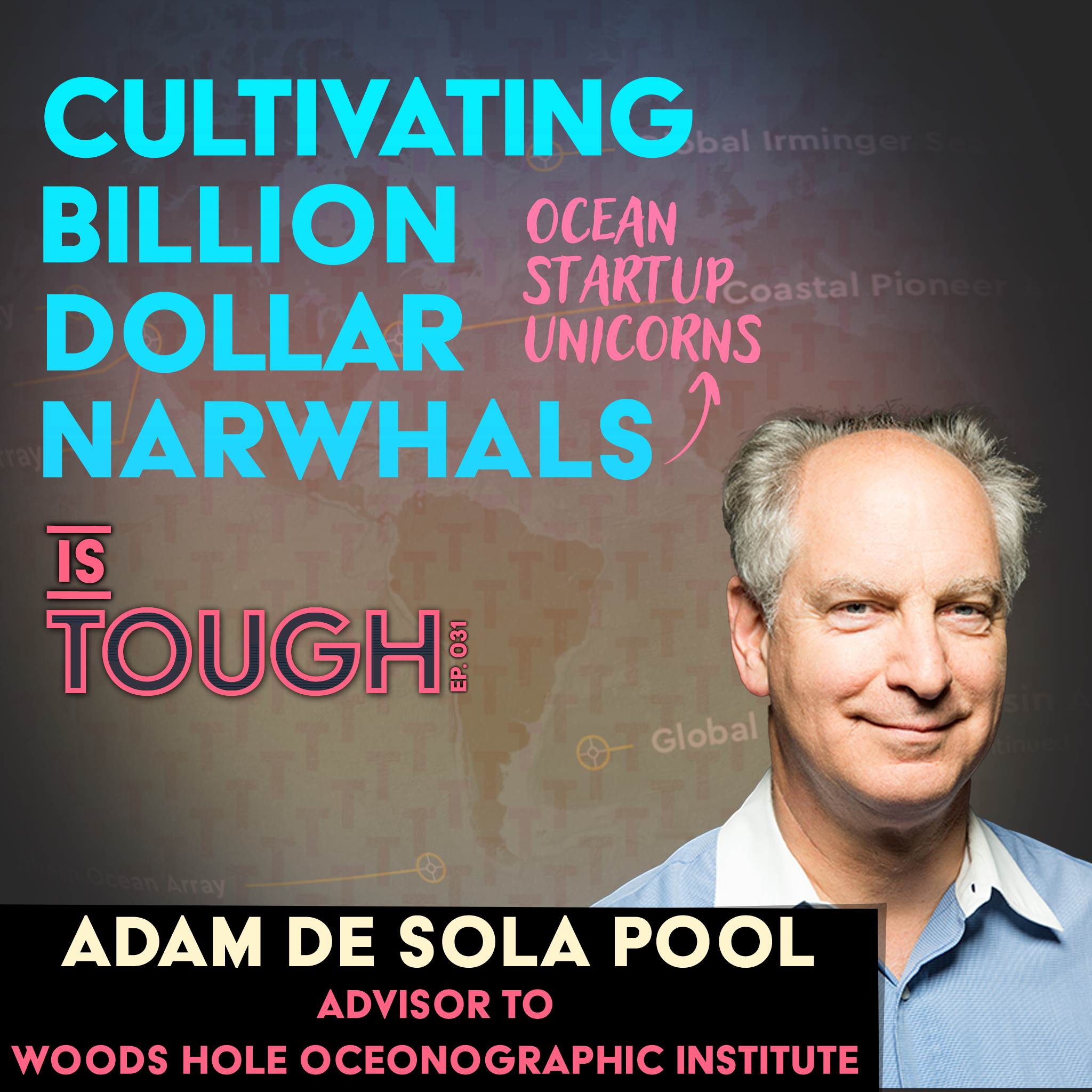Cultivating billion-dollar narwhals, featuring Adam de Sola Pool
Where is the money in oceanographic research?

Where is the money in oceanographic research?
Fundamental understanding of the watery parts of our planet (i.e. most of it) is woefully under pursued. However, just as it seems some ocean systems are almost falling apart – coral bleaching, rising tides, species extinctions – we are beginning to see more attention paid to exploring the depths.
“There will be unicorns of the ocean, very successful companies which we call ‘narwhals’,” Adam de Sala Pool told us. A Special Advisor to the Woods Hole Oceanographic Institution, de Sala Pool has seen a similar situation before: he was an early investor into what we now call climate tech. Commercial incentives can be incredibly useful when aligned with solving global challenges, and so, with growing anticipation, we may be on the cusp of having a new generation of ocean-oriented startups that could become billion dollar companies.
“This is not for the faint of heart but [ocean investments] will eventually be as successful as clean tech has been. [Oceans] cover 70% of the planet and… everything you can do on land you will be able to do in the ocean.” Near-shore commercial activities are in the works, with farther-out prospecting for how to extend humanity’s capabilities into the depths – while becoming ever more aware of how to preserve the health and integrity of our living seas.
P.S. Thank you to our episode sponsor, The End Effector! JMill will be decoding deep tech over there, so join the mailing list to get read-in. Also check out Tough Tech On Tap!
P.P.S. Thank you to our tough tech champions. We really appreciate your support! We have pay-if-you-can membership options so you can help us bring Tough Tech Today to more folks!
🎧Listen:
📺Watch:
🧠Relevant Links:
👏Credit Roll:
- Producers: Jonathan 'JMill' Miller and Forrest Meyen
- Guest: Adam de Sola Pool
- Hosts: JMill and Forrest Meyen
- Editing: JMill
- Transcript: JMill
- Blog Author: JMill
- Art Design: JMill. Background seabed graphic credit: Center for Environmental Visualization, University of Washington
🔖Topic Timecodes:
[will post here when ready]
📖Transcript:

